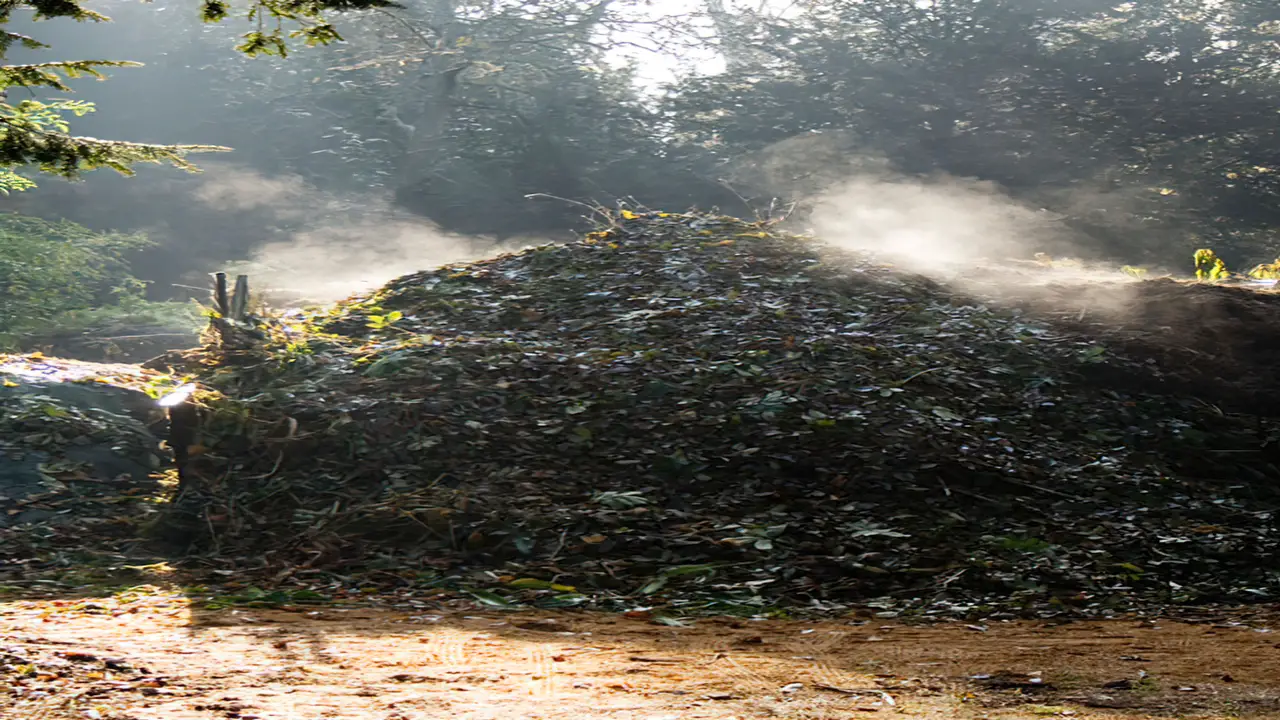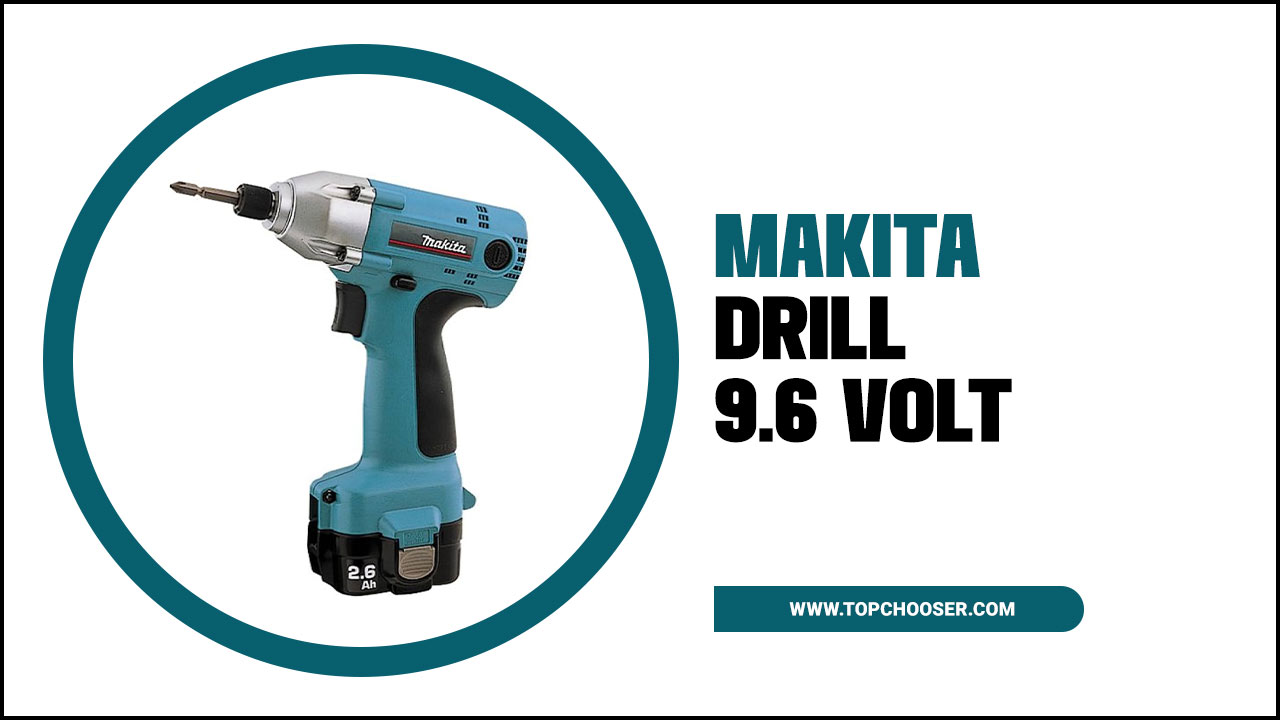Thermophilic composting is a process for decomposing organic matter at a high temperature, typically between 65 and 85 degrees Fahrenheit. This is a much more aggressive form of composting than mesophilic composting.
Performed at a temperature between 55 and 60 degrees Fahrenheit. Look no further! Here, we will provide expert tips and strategies to help you succeed in thermophilic composting. We will explore the factors that affect the ideal temperature. The importance of maintaining it, and how to monitor and adjust it accordingly.
Additionally, we will discuss the tools you can use for temperature monitoring and techniques for preparing the composting materials. Turning the pile and managing moisture levels. Following these tips ensures that your compost pile reaches and maintains the optimal temperature for efficient decomposition.

How To Achieve The Ideal Temperature For Thermophilic Composting?

To achieve the ideal temperature for thermophilic composting, start with a balanced mix of green and brown materials. Regularly monitor the temperature using a compost thermometer and adjust the moisture level accordingly. Don’t forget to turn the compost pile frequently to distribute heat evenly.
Turning the compost pile is essential for achieving and maintaining the ideal temperature for thermophilic composting. Doing so ensures that all the materials are exposed to heat evenly. Turning the pile also helps to aerate it, promoting decomposition and preventing anaerobic zone formation.
Factors Affecting The Ideal Temperature For Thermophilic Composting

Temperature plays a crucial role in thermophilic composting. To ensure successful composting, it’s important to understand the factors that affect the ideal temperature range of 130 to 160 degrees Fahrenheit. Several factors include the carbon-to-nitrogen ratio, moisture content, aeration, and compost pile size.
One essential factor is the balance of carbon-rich and nitrogen-rich materials. Achieving and maintaining the ideal temperature requires a proper mix of carbon-rich materials, such as dried leaves or straw, and nitrogen-rich materials, such as kitchen scraps or grass clippings. This balance provides the nutrients for the microorganisms responsible for decomposition, ensuring heat generation.
The Importance Of Achieving The Ideal Temperature

Achieving and maintaining the ideal temperature is vital for the success of thermophilic composting. The ideal temperature range for this process is between 135°F and 160°F (57°C and 71°C). Within this range, the breakdown of organic matter occurs optimally, leading to the destruction of pathogens and weed seeds. To achieve the ideal temperature, having a well-balanced mix of carbon-rich (browns) and nitrogen-rich (greens) materials in your compost pile is crucial.
Regularly turning the compost helps distribute heat evenly throughout the pile and promotes decomposition. This action also allows the microorganisms responsible for breaking down the organic matter to thrive.
Monitoring the temperature with a compost thermometer is essential to ensure the compost remains within the thermophilic range. By regularly checking the temperature, you can take necessary measures to adjust the composting process if needed, such as adding additional greens or browns to balance the carbon-to-nitrogen ratio.
Monitoring The Temperature
To ensure the success of thermophilic composting, monitoring the temperature is crucial. The thermophilic composting process requires maintaining a temperature range of 135-160 degrees Fahrenheit. Regularly monitoring the temperature of your compost pile is essential to ensure that it remains within this range.
One effective tool for monitoring the temperature is a compost thermometer. Using a compost thermometer, you can easily track the temperature of your compost pile at different depths. This allows you to assess whether the temperature is within the desired range or if adjustments need to be made.
If the temperature of your compost pile is too low, it may indicate a lack of proper heat generation. In such cases, turning the pile can help incorporate more oxygen and organic matter, which helps promote the activity of thermophilic bacteria and raises the temperature. Additionally, adding carbon-rich materials like straw or shredded newspaper can help provide the necessary fuel for the microbes to generate heat effectively.
Tools For Temperature Monitoring

To ensure the success of thermophilic composting, it is crucial to monitor and maintain the temperature within the optimal range of 135-160°F (57-71°C). One essential tool for temperature monitoring is a compost thermometer.
You can accurately measure the temperature and make necessary adjustments by inserting the thermometer into the centre of the compost pile, away from any hotspots or cold areas. Regularly turning and mixing the compost pile is also important to distribute heat evenly and maintain a consistent temperature.
This helps to promote the decomposition of organic matter and the destruction of pathogens and weed seeds. If the temperature drops below the ideal range, adding more nitrogen-rich materials or increasing the frequency of turning the pile can help generate heat and bring the temperature back up.
Adjusting The Carbon-To-Nitrogen Ratio
It is crucial to adjust the carbon-to-nitrogen ratio in your compost pile to achieve the ideal temperature range of 135 to 160 degrees Fahrenheit for thermophilic composting. This ratio should ideally be around 25-30 parts carbon to 1 part nitrogen.
Carbon-rich materials such as dried leaves, straw, and cardboard provide the necessary carbon, while nitrogen-rich materials like food scraps and grass clippings supply the essential nitrogen.
Mixing these materials together in the right proportions allows you to create a well-balanced compost pile that will generate the heat required for thermophilic composting. It’s important to turn the compost pile as well regularly. This helps mix the materials and allows oxygen to reach the microorganisms responsible for breaking down the organic matter.
Preparing The Composting Materials
Properly preparing the composting materials is essential to achieve the ideal temperature for thermophilic composting. Start by gathering a mix of organic materials, including kitchen scraps, yard waste, and manure. It is beneficial to chop or shred larger materials into smaller pieces to expedite the decomposition process.
When layering the materials in a compost bin or pile, alternate between high-carbon materials, such as leaves or straw, and high-nitrogen materials, such as food scraps or grass clippings. This layering technique helps balance carbon and nitrogen in the compost pile, which is crucial for thermophilic composting.
Moisture is another critical factor in successful composting. It is important to moisten the composting materials to ensure they have enough moisture for decomposition but not so much that the pile becomes waterlogged. The optimal moisture content should be similar to a well-squeezed sponge.
Turning The Compost Pile

Maintaining the desired temperature range of 135-160°F (57-71°C) in the compost pile is crucial for successful thermophilic composting. One of the key practices to achieve and sustain this temperature is regular turning of the compost pile. Turning the pile serves multiple purposes in the composting process.
Firstly, it helps to mix the materials thoroughly, ensuring the proper distribution of organic matter, moisture, and microorganisms. This mixing action facilitates better decomposition and heat generation and prevents the formation of anaerobic pockets within the pile.
Secondly, turning the compost pile improves aeration. Exposing the materials to the surrounding air makes oxygen available to the microbes responsible for breaking down the organic matter. This aerobic environment promotes the growth of thermophilic bacteria and other beneficial microorganisms that thrive in high temperatures. These organisms break down complex organic components, such as lignin and cellulose.
Aim to turn the compost pile every 3-5 days or whenever the internal temperature drops below 120°F (49°C). Use a pitchfork or compost-turning tool to carefully lift and flip the materials, ensuring that all pile parts are evenly mixed. This way, the composting process remains active and efficient throughout the pile.
Managing Moisture Levels
Proper management of moisture levels is crucial for successful thermophilic composting. Thermophilic composting requires a high-temperature range of 130-160°F (54-71°C) to break down organic materials effectively. It is important to monitor and adjust the moisture content in the compost pile to maintain this ideal temperature.
The moisture level should be around 50-60%, similar to a damp sponge, to ensure proper decomposition. Adding water or moist materials like kitchen scraps can increase the moisture levels if they are too low. On the other hand, turning the pile or adding dry materials like straw can help reduce excess moisture if it is too high.
Regular monitoring and adjustment of moisture levels are essential throughout the thermophilic composting process. This ensures that the compost pile remains in the optimal temperature range and promotes the activity of microorganisms responsible for decomposition. By managing moisture levels effectively, you can create an environment supporting the growth of beneficial thermophilic bacteria and other microorganisms necessary for composting.
Benefits Of Achieving The Ideal Temperature
Maintaining the ideal temperature range of 135 to 160 degrees Fahrenheit during thermophilic composting offers various benefits. To achieve this temperature, it is crucial to create a well-balanced mix of organic materials, including green and brown waste, and ensure proper moisture levels. Turning the compost regularly makes heat distribution more even, helping to maintain the desired temperature effectively.
When the ideal temperature is achieved, the decomposition process is accelerated. The high temperatures during thermophilic composting facilitate the breakdown of organic matter, resulting in faster decomposition than mesophilic composting. This speed also helps in killing weed seeds and pathogens that may be present in the compost pile, leading to a cleaner end product.
Troubleshooting High Or Low Temperatures

Maintaining the optimal temperature range is crucial in thermophilic composting for the efficient decomposition of organic materials. To troubleshoot high or low temperatures, it is important to understand the factors that can affect the compost pile’s temperature.
The first step in troubleshooting temperature issues is properly balancing carbon-rich and nitrogen-rich materials. These materials, such as leaves, straws, kitchen scraps, and grass clippings, generate heat. Adjusting the carbon-to-nitrogen ratio can help regulate the temperature and stimulate microbial activity.
Conclusion
Thermophilic composting is an accelerated form that utilizes the heat generated by naturally occurring bacteria to break down organic matter quickly and efficiently. Thermophilic composting produces nutrient-rich compost that can be used for various gardening, landscaping, and agricultural purposes.
Achieving and maintaining the ideal temperature for thermophilic composting is crucial for its success. It ensures that the organic materials break down efficiently, leading to faster decomposition and nutrient-rich compost.
By monitoring the temperature regularly and, making necessary adjustments to factors such as carbon-to-nitrogen ratio, moisture levels, and turning the compost pile, you can create an optimal environment for thermophilic composting. The benefits of achieving the ideal temperature include reducing weed seeds and pathogens, eliminating foul odours, and producing high-quality compost for your garden.
Frequently Asked Questions
[rank_math_rich_snippet id=”s-3caf9211-a58d-4c6b-8730-76745308918a”]

I am passionate about home engineering. I specialize in designing, installing, and maintaining heating, ventilation, and air conditioning systems. My goal is to help people stay comfortable in their homes all year long.








